As Dialysis machine is a medical device used to treat kidney disease. The device cleans the patient's blood.
What is a dialysis machine?

A dialysis machine is a medical device with which dissolved substances such as creatinine, urea, ß2-microglobulin or vitamin B12 can be removed from the body. The instrument also removes excess water from the blood as part of kidney replacement treatments.
A dialysis machine is used to wash the blood (dialysis) if the kidneys are weak. Inside the apparatus, the blood is first fed into a chamber that is divided up by a semipermeable membrane. There is a substance on one side of the chamber that is compatible with the patient's blood. This substance can penetrate the membrane.
The toxins that are dissolved in the blood can cross the membrane from the other side due to the concentration gradient. In this way, the harmful substances are removed from the bloodstream.
Shapes, types & types
Dialysis machines are used for both hemodialysis and hemodiafiltration. Over the years, medical apparatus has seen various modernizing changes. The first dialysis with semipermeable membranes took place in Gießen in 1924. However, the breakthrough of dialysis machines did not come until 1945 in Kampen, the Netherlands, with a drum dialysis machine whose cellophane tubes served as a membrane for dialysis. With the help of the membrane, controlled cleansing of the blood from precisely defined amounts of substance can be carried out. The Swedish professor Nils Alwall (1904-1986) managed in 1946 to develop devices with which edema fluid could be flushed out of the tissue and the lungs.
Dialysis can be done both inside and outside the body. The dialysis machine is primarily used for hemodialysis. Since the devices are large, stationary devices, the patient must regularly go to a clinic or doctor's office for blood washing.
In the meantime, however, mobile hemodialysis machines have also been developed in the USA that are not tied to a specific location, which in turn has a positive effect on the patient's quality of life. For this purpose, the patient wears the battery-operated dialysis machine, which weighs around five kilograms, on a belt. All the necessary dialysis technology is located in a small box. The principle is the same as for the large dialysis machines.
A disadvantage, however, is that mobile dialysis machines are not yet as efficient as larger machines and fewer substances that are subject to urine are removed from the body. So the previous mobile dialysis machines represent only a first step in these technologies.
Most dialysis machines today are manufactured by the German company Fresenius Medical Care. The company's share of dialysis machines sold worldwide is over 50 percent.
Structure & functionality
A dialysis machine is composed of a large number of different modules. The complex machines have more than 8,000 individual parts. The devices can be divided into two functional areas. The most important functional section is the area of treating the water, providing the dialysate and balancing it. If it is an acute dialysis, the provision of dialysis solutions, which are located in a solution bag, is important.
The second important functional section is the blood circulation. This involves pumping the blood past the filter membrane, via extracorporeal blood circulation. For this purpose, the dialysis machine is always combined with a blood tubing system that is only used once per treatment.
The dialyzer is the heart of the dialysis machine. The exchange of substances between the dialysate and blood takes place in this exchangeable blood purification unit, which is sometimes simply called a “filter” by medical professionals. The framework conditions for the dialysis treatment are guaranteed by the dialysis machine.
Extracorporeal blood circulation and dialysate circulation consist of several units. These are important for both pre-treatment and post-treatment. In order to avoid hypothermia or overheating of the patient, the pure water inside the dialysis machine is first heated in such a way that it receives physiologically acceptable temperatures.
In order to counteract the formation of gas bubbles in the liquid, degassing is also carried out. The dialysate is created from this pretreated pure water with the addition of electrolytes. How high its dose and the composition are, depends on the individual needs of the patient.
To ensure problem-free treatment and the safety of the patient, the dialysis machine is equipped with several monitoring and measuring processes. With optical methods u. a. checked the blood leakage inside the dialyzer. There are also sensors for measuring conductivity, pressure, temperatures and volume flow.
Medical & health benefits
Dialysis machines are of the utmost importance for the treatment of chronic and sometimes also acute kidney failure. In Germany alone, around 87,000 German citizens need renal replacement therapy each year, which also includes dialysis.
In the past, severe kidney disease without treatment with a dialysis machine often meant foreseeable death. Dialysis, which cannot take place without a suitable device, removes harmful substances such as urinary substances and excess water from the body.
The cleaning function of the kidneys can be replaced with the aid of the dialysis machine or dialysis. After cleaning by dialysis, the blood can flow back into the patient's circulation.

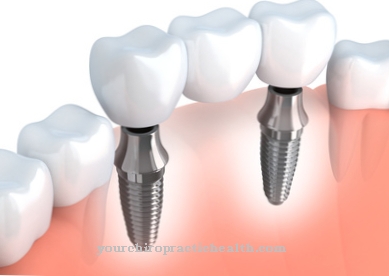

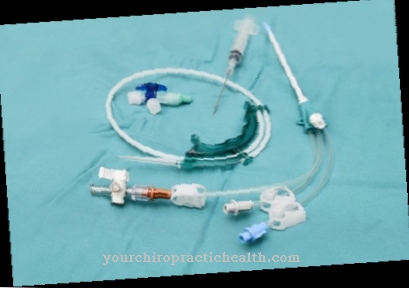








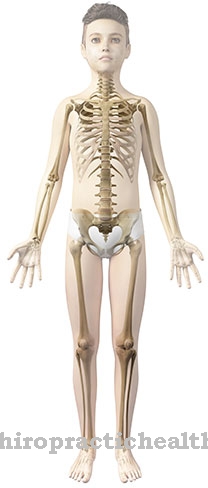



.jpg)


.jpg)

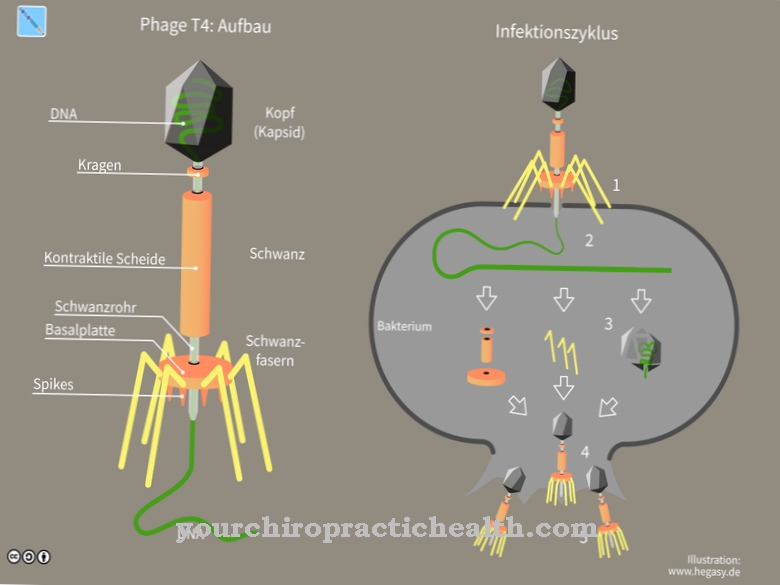




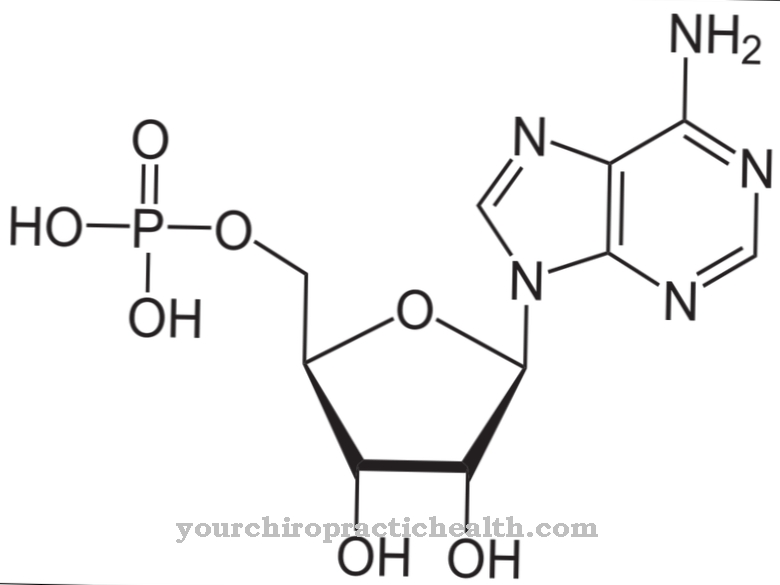
.jpg)
